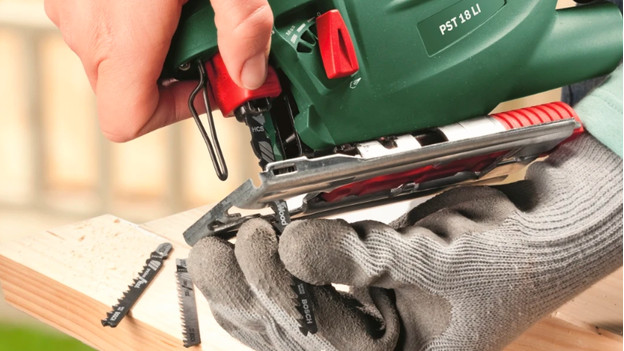
Advice on jigsaws
Choose jigsaw
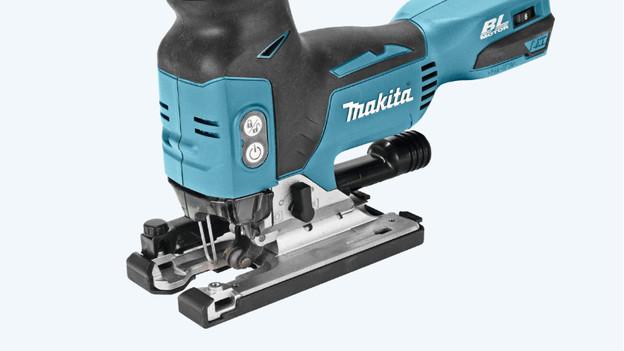
Which jigsaw suits you best depends on your personal preference and the type of jobs. Ask yourself the following:
- Do you choose the power grid or a battery?
- How much power do you need?
- How many teeth does your saw blade need?
- Do you want a T or U shank?
- Which extra functions do you want?
Do you choose the power grid or a battery?
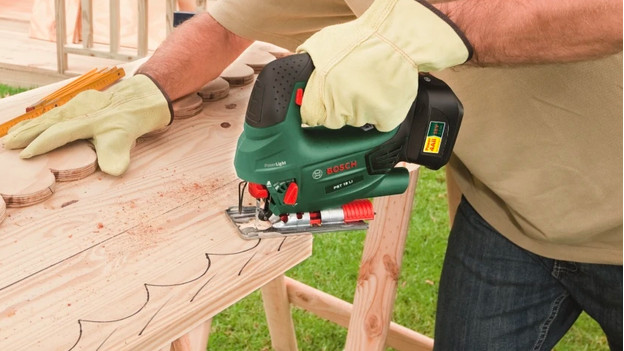
A jigsaw with a battery doesn't have a cord, so it offers more freedom of movement. You don't need an extension cord, and you don't have to worry you accidentally cut through the cord. The downside is that a battery can run out and that jigsaws on the power grid are often a bit more powerful.
How much power do you need?
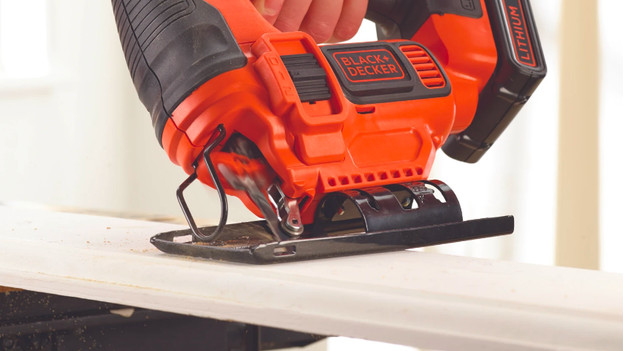
Do you want a powerful jigsaw with at least 600W or 18V? In that case, it's suitable for demanding jobs, like cutting through hard wood or metal plates. If you want to use the jigsaw often, we recommend a higher power. From 400W or 10.8V, you can take on the most common jobs.
How many teeth does your saw blade need?
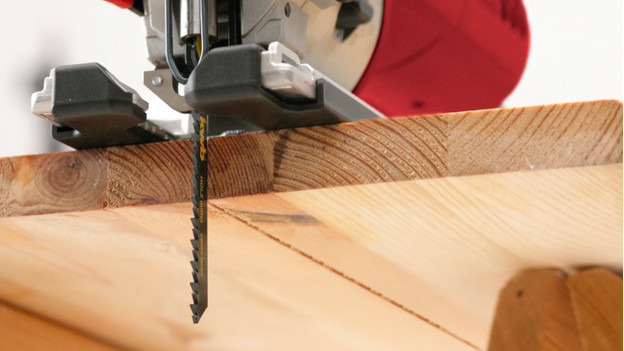
With jigsaws, you often get a standard saw blade included, with which you can cut through different types of wood. The more teeth, the cleaner the finish. For soft materials, it's best to work with few teeth. With hard materials, you get the best results with a high number of teeth. Do you want to saw through other materials, like metal? Order a suitable saw blade.
Do you want a T or U shank?
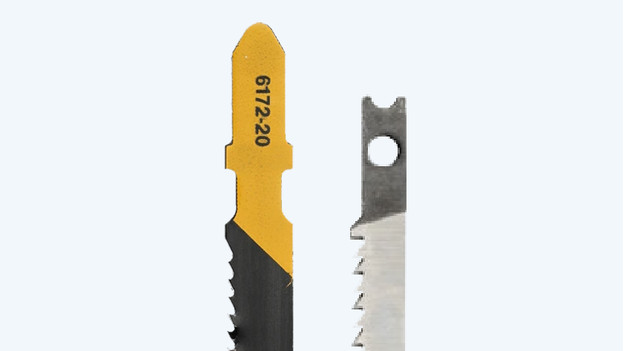
A jigsaw has a T shank or U shank. This indicates for which saw blades it's suitable. The T shank is most common and is standard for Bosch, Makita, and DeWalt, for example. More and more jigsaws are suitable for both types. Do you already have 1 or more saw blades? Keep this in mind when you buy a new jigsaw.
Do you want extra user-friendliness?



